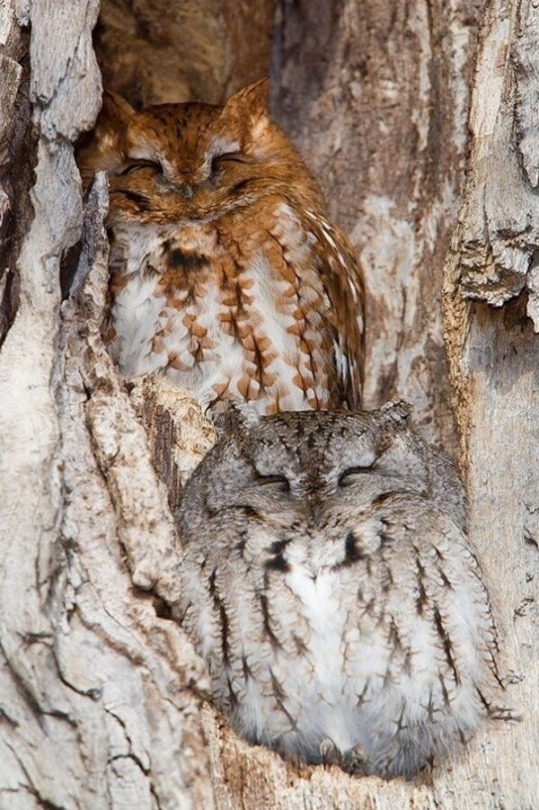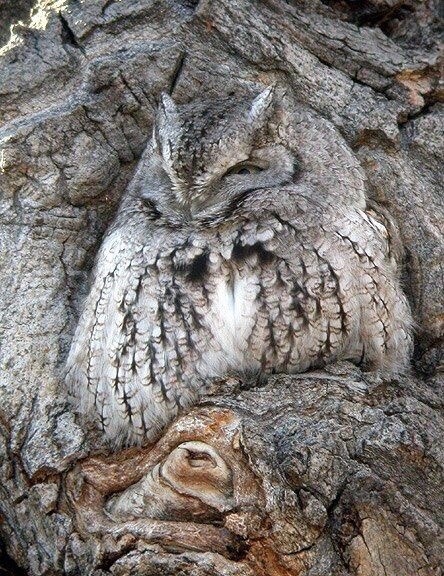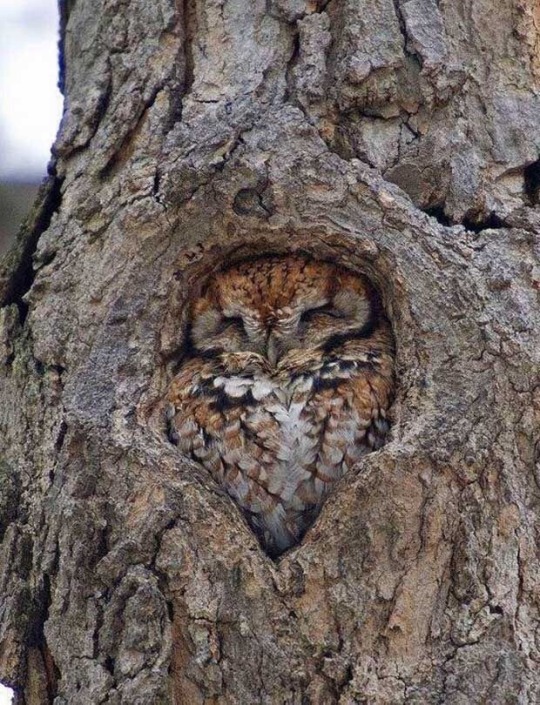Don't wanna be here? Send us removal request.
Photo










Chapel Refurbishment in Belgium klaarchitectuur . + bbm
3K notes
·
View notes
Photo

Living Tunnel in Furzey Gardens, Hampshire, England, United Kingdom
4K notes
·
View notes
Link
Jeanette Oehlers of Willmar despaired of ever finishing college. By her account, she was already deeply in debt and at least two years away from earning her degree.
That’s when her father-in-law decided to search the internet. “Hey, I found a university for you,” he told her.
“How much money?” she asked.
The answer, she admits, was hard to believe.
Now, she’s one of some 10,000 students from over 190 countries enrolled in the University of the People, an online school where tuition is zero.
At a time of mounting anxiety over college costs and student debt, UoPeople, as its known, is doing its best to smash the mold. Billed as the world’s first nonprofit, tuition-free accredited university, it relies mainly on volunteer instructors and course material that is freely available online.
The University of the People isn’t completely free. Students pay an assessment fee at the end of each course ($100 for undergrads, $200 for grad students), plus a one-time $60 application fee.
In all, a four-year bachelor’s degree would cost $4,060 — compared to, say, $50,000 at the University of Minnesota, or $210,000 at Carleton College, based on current sticker prices. And for now, the California-based initiative offers degrees in just three fields: business administration, computer science and health science.
While some wonder how much clout a University of the People degree will carry, the school is slowly gaining a foothold around the world, including on the Minnesota prairie. As of August, the school reported 111 students in Minnesota.
“I was so excited and super pumped,” said Oehlers, who works with immigrant families in the Willmar area. After years of piling up student loans and dropping in and out of college, she told herself: “This is going to work for me.”
For the past two years, as she’s been studying for her business degree, Oehlers says she’s met a lot of skepticism about her choice of university.
“People are like, ‘What is that? Tuition free? Are you sure that’s accredited?’ ” After a while, she said, “I kind of kept that secret to myself.”
Influential TED Talk
The school was the brainchild of its president, Shai Reshef, an Israeli businessman who once ran a for-profit education company and gained a measure of fame from a 2014 TED talk outlining his vision for a tuition-free university.
“We set out to build a model that will cut down almost entirely the cost of higher education,” he said then. His prescription: no bricks and mortar; no textbook fees, and little payroll: “Even the professors, the most expensive line in any university balance sheet, come free to our students,” he said. Thousands of professors, graduate students and others have volunteered their time, according to Reshef, to design the curriculum and teach classes.
After selling his education company, Reshef plowed $3 million of his own funds to start University of the People in 2009, with dreams of serving massive numbers of students. It would, he predicted, “open the gates to higher education for every qualified student.”
So far, however, the growth has been modest. Only about 500 students were enrolled in 2014, when the school won accreditation from the Distance Education Accreditation Commission. Since then, enrollment has swelled to just over 10,000, with about half in the U.S.
Josh Kattelman, a 36-year-old from Fridley, was drawn by the lure of a tuition-free MBA. “I’ve always wanted to go back to school,” said Kattelman, a University of St. Thomas graduate who works as an insurance claims adjuster. An internet search led him to the University of the People.
He took two courses — earning A’s in both — before dropping out in August. His heart just wasn’t in it, he says, and now he’s paying tuition at another online school to study philosophy.
While the courses at UoPeople were fine, he said, he chafed at the fact that students graded each other’s assignments. And he admits he wondered about the value of the degree.
“I would be lying if I were to say that wasn’t a consideration,” he said. “I did in some sense question whether this would be worth my time.”
David Weerts, an associate professor of higher education at the University of Minnesota, said that’s a reasonable question. “What remains to be seen is how the marketplace will respond in hiring University of the People graduates,” he said. He also wonders how a school could survive without paying instructors (Reshef says they receive honoraria of $3 an hour.) “I was surprised that they could find that many volunteers to actually teach,” said Weerts.
Yet he also says this kind of competition could be “a good thing for higher education,” and inspire some soul searching. “It will force all of us in traditional settings to more closely consider the value we are providing,” he said, “as well as new ways to contain costs.”
Reshef insists that it’s only a matter of time before his school commands wider respect. He notes that it has partnered with academic leaders from prestigious universities, such as Yale, Oxford and NYU, and won support from leading philanthropies, including as the Gates, Ford and Hewlett foundations.
“The main challenge is that most people don’t know about us,” said Reshef. “It will take a few years, and the quality of our graduates will be apparent.”
And he still has big dreams. “I think we are setting up a model that can be replicated, to show that higher education can be affordable [and] accessible,” he said. “It still hasn’t been replicated. But it will.”
19 notes
·
View notes
Text
this year’s prom theme is… *opens envelope* Great Lakes Invasive Species And What Boaters Can Do To Stop Them
171K notes
·
View notes
Text
Feels like the first time

I grew up on a farm in an area where having a large garden, small orchard, berry patches, etc. was standard. Everyone did it, and it wasn’t A Big Thing. I now live in a city where I’m having to re-learn how to do all of it - because there’s less space, more shady areas, and dear god - squirrels and rabbits, which never seemed to be an issue in the country because they had other things to eat.
Building raised beds to better control the quality of the soil, creating planters on wheels so that they can be moved to a sunny area, putting cages around everything, and learning about vertical gardening - I can see why a lot of people I know here have joined CSAs instead.
I love growing things, though, and I’m not ready to give up. I’m not trying to achieve glossy magazine perfection, but it would be nice to get at least one tomato without a squirrel bite taken out of it. I’ve resorted to growing only 4-5 things until I have a better system down.
That being said, there are still nice surprises. The borage that I planted 4 years ago (which was promptly eaten by rabbits) is now popping up everywhere!
15 notes
·
View notes
Photo

Cob house found on reddit
Almost 400 sq feet. 5 years to construct. Located on San Juan Island, WA, USA
I’m glad OP knew this kind of information. Too many people are sold cob on the cheap part, and not on the time/labor part.
173 notes
·
View notes
Photo
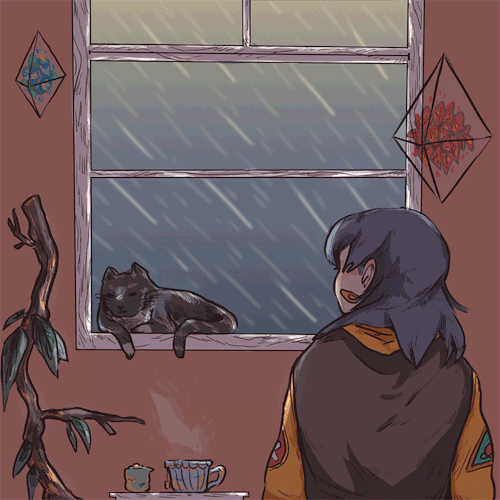
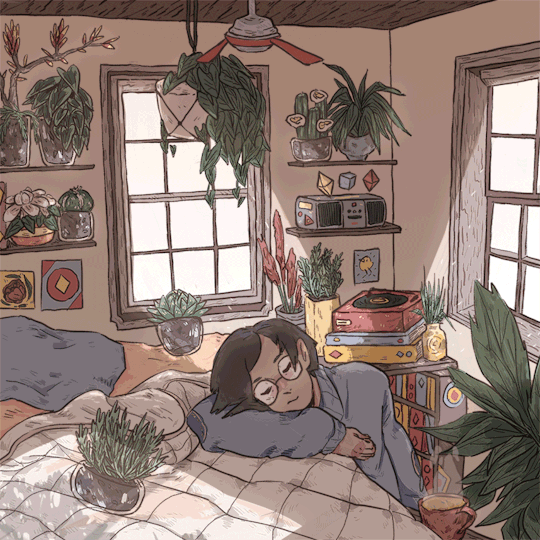


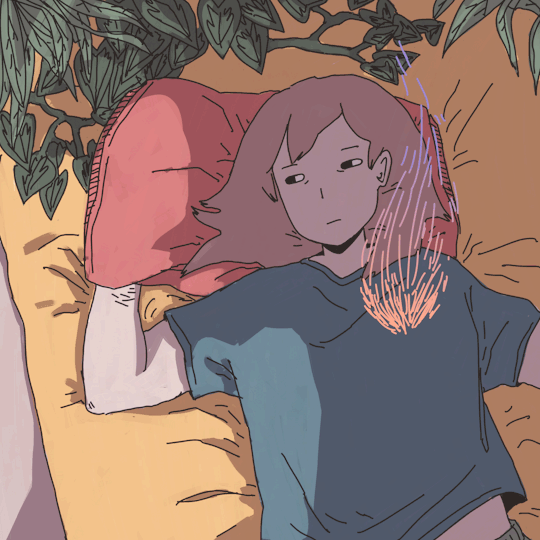

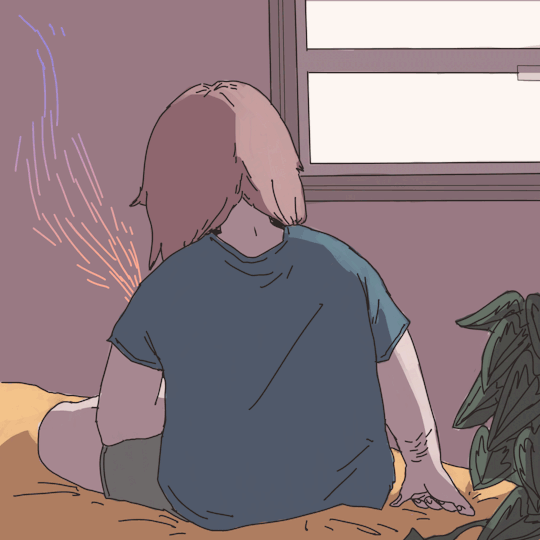

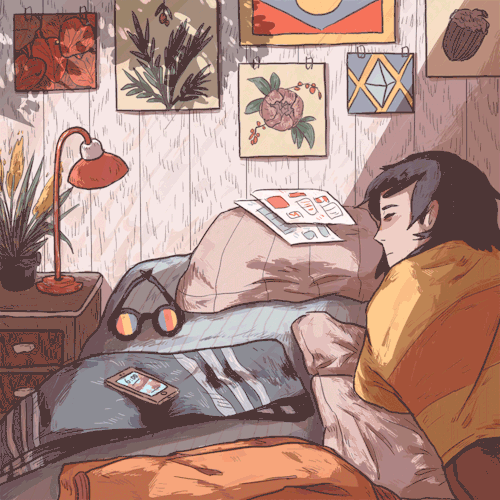
Whimsical Animated GIFs Capture the Beauty of Solitude by Ivy Berces
Sixteen-year-old artist Ivy Berces composes stunning whimsical illustrations, which pay an homage to the beauty of peace one finds in solitude.
Keep reading
60K notes
·
View notes
Photo


absolutely obsessed with the bathrooms at Longwood Gardens.
128 notes
·
View notes
Link
132 notes
·
View notes

